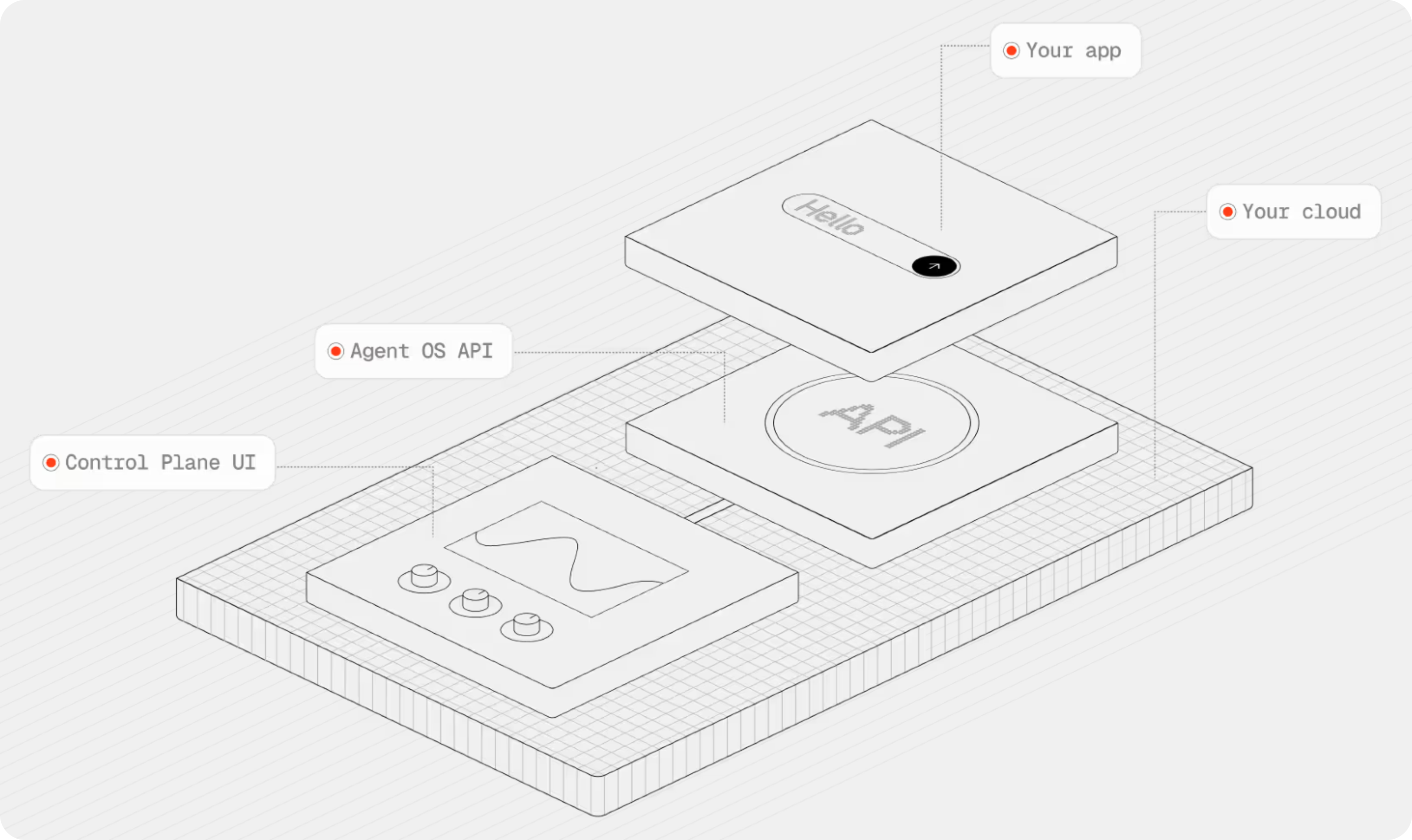Behind the scenes, AgentOS is a FastAPI app that you can run locally or in your cloud. It is designed to be easy to deploy and scale.
Getting Started
Ready to get started with AgentOS? Here’s what you need to do:Create Your First OS
Set up a new AgentOS instance from scratch using our templates
Connect Your AgentOS
Learn how to connect your local development environment to the platform
Security & Privacy First
AgentOS is designed with enterprise security and data privacy as foundational principles, not afterthoughts.
Complete Data Ownership
- Your Infrastructure, Your Data: AgentOS runs entirely within your cloud environment
- Zero Data Transmission: No conversations, logs, or metrics are sent to external services
- Private by Default: All processing, storage, and analytics happen locally